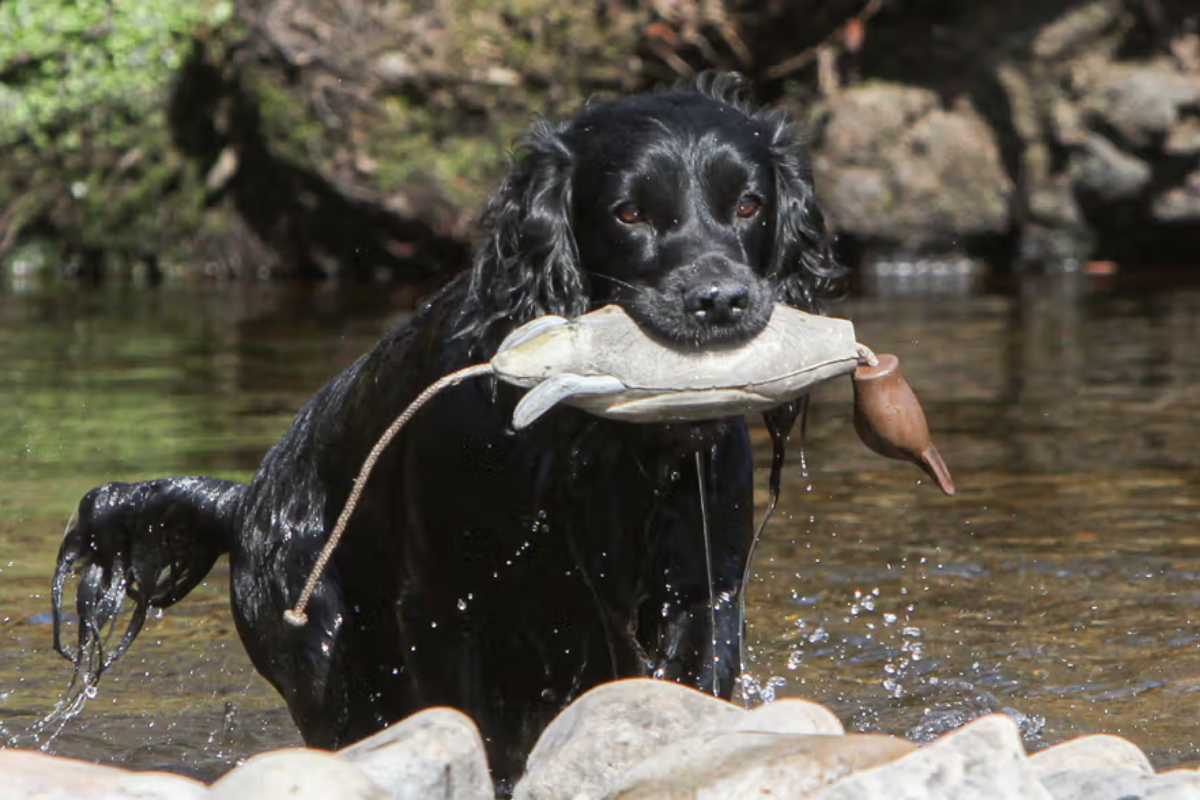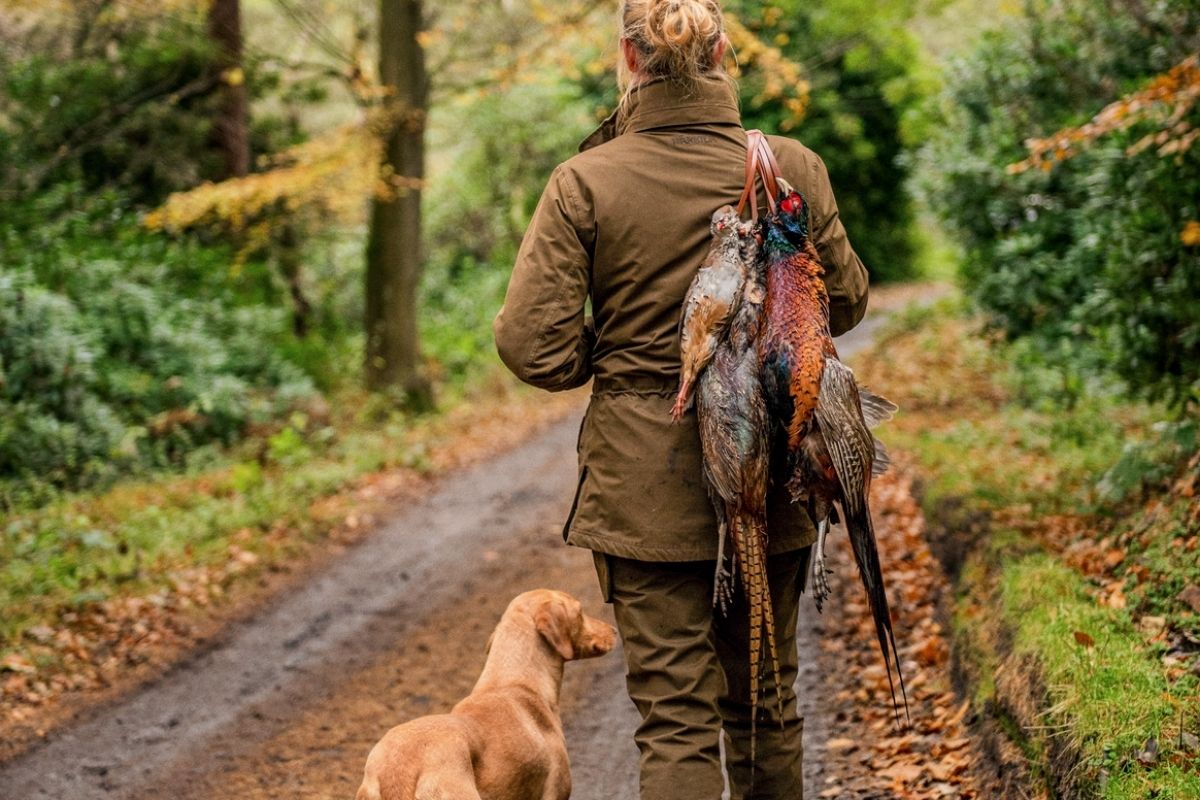Artikel: Essential gear for gundog training

Essential gear for gundog training
A quick glance through any gundog training catalogue can be overwhelming. The sheer variety of products, from traditional tools to the latest high-tech gadgets, can make it hard to know where to start. In reality, only a few key items are truly essential. With these basics and a bit of creativity, it’s possible to train a capable, confident gundog.
The whistle - your most important tool
Whistles are used in only a few working dog disciplines, such as gundogs and sheepdogs, and serve to deliver clear, consistent commands. The variety can be confusing for newcomers: some suppliers offer over a dozen types, from traditional stag horn and buffalo horn to modern plastics.
Most gundog handlers use the whistle for three main commands:
-
Stop – usually a single tone of varying lengths
-
Turn – two or three short pips
-
Recall – a quick series of pips, adapted to the breed and working range
Plastic whistles are the most common choice. They come in different pitches, which is useful when many dogs and handlers are working together.

The “silent” whistle
Despite the name, a silent whistle is not completely silent, it is simply much quieter to human ears. The adjustable pitch can range from sounds inaudible to the handler to those just loud enough to hear. This type is popular with handlers working spaniels at close range, where a loud whistle is unnecessary.
For comfort, a small section of plastic tubing can be added to the mouthpiece. And as with any whistle, carrying a spare is essential; leaving this tool behind is like forgetting the steering wheel of the dog’s training.
Retrieving dummies
Dummies are introduced early in a gundog’s training and have evolved significantly over the years. Traditional canvas dummies filled with sawdust work well in dry weather but quickly become heavy when wet.
Today, options include:
-
Rubber dummies – ideal for water work, resistant to soaking
-
Nylon (cordura) dummies – lighter, quick-drying, available in multiple colours
-
High-density foam dummies – realistic shapes and weights, often modelled after ducks, geese, or pheasants, some with flapping tails; these can be scented to mimic game and help train reluctant retrievers
Foam models also teach dogs to carry irregularly shaped items, preparing them for real game in the field.

Dummy launchers
Throwing distance is naturally limited, so many handlers invest in a dummy launcher. These devices pair the sound of a shot with a marked retrieve at longer range, developing a dog’s marking ability.
Options now include:
-
Low recoil launchers – easier on the handler
-
Remote multi-launchers – allow multiple dummies to be fired at different times to simulate flushed birds
-
Compressed air models – quieter than blank shots and suitable for some public training areas (subject to local regulations)
Used correctly, launchers are highly effective for both individual and group training.
Quality over quantity
With so much equipment available, it’s easy to be tempted by every new product. But the essentials remain simple: a whistle, reliable dummies, and, when ready, a launcher. Ultimately, it’s not the size of the training kit that matters, but how effectively each tool is used.

